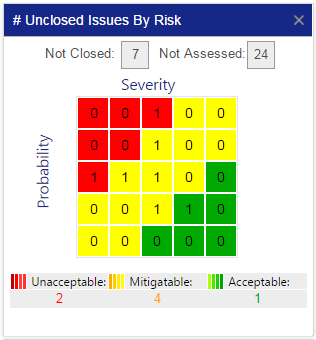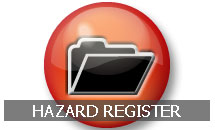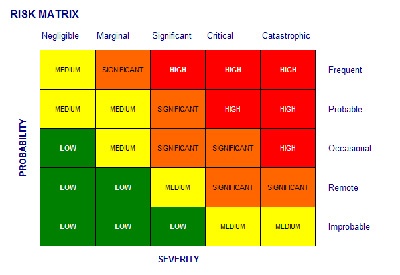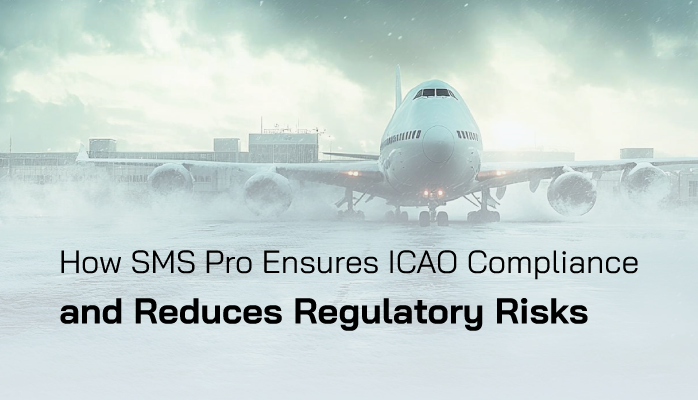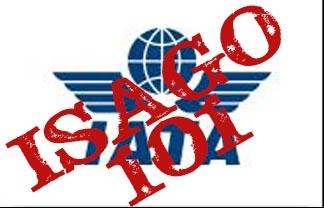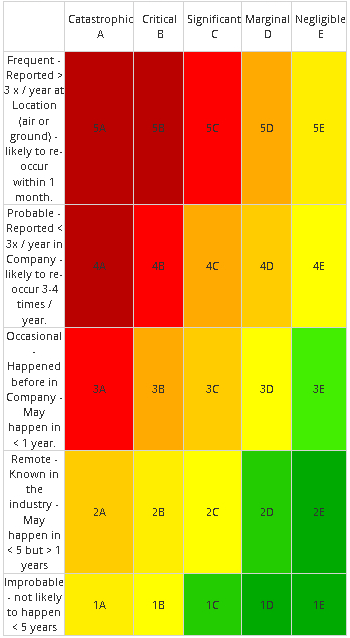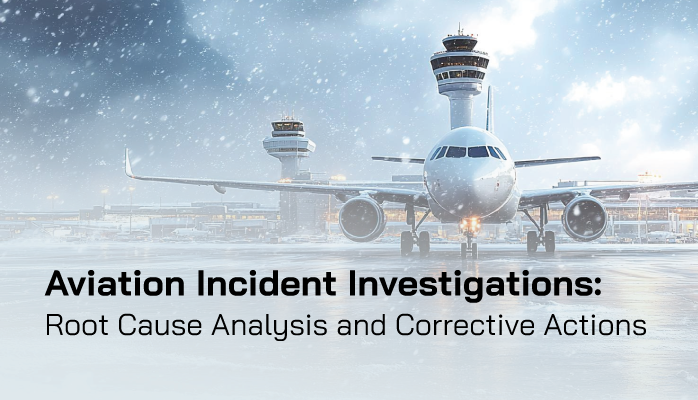For new aviation safety managers, creating effective safety management system (SMS) documentation can be a daunting task, especially when it comes to residual risk.
Residual risk—the risk that remains after mitigation measures are applied—is a critical component of aviation safety risk management. Properly identifying and documenting residual risk ensures compliance with Federal Aviation Administration (FAA) regulations, enhances operational safety, and prepares organizations for audits.
This evergreen guide provides a step-by-step approach to help aviation safety managers master this process, even if they’re starting from scratch.
